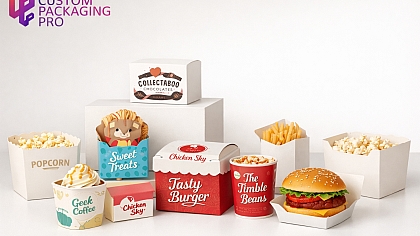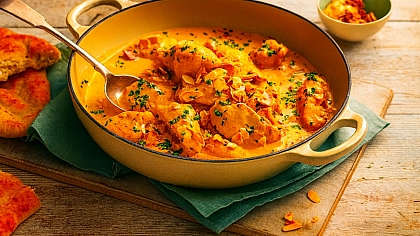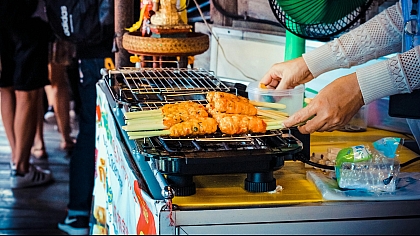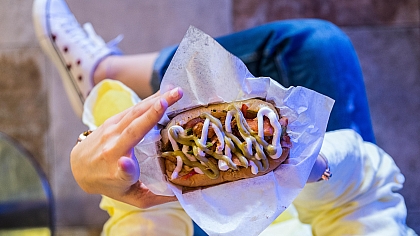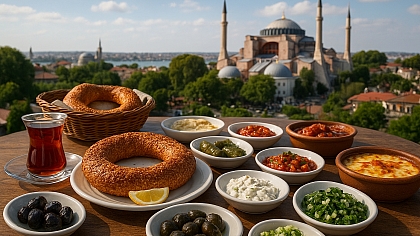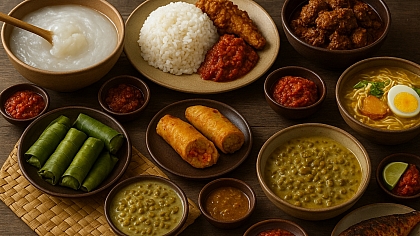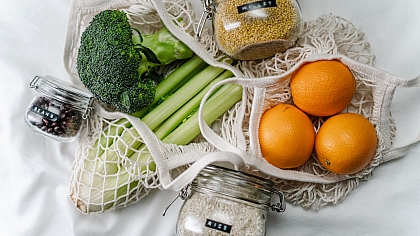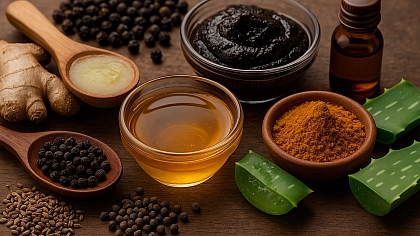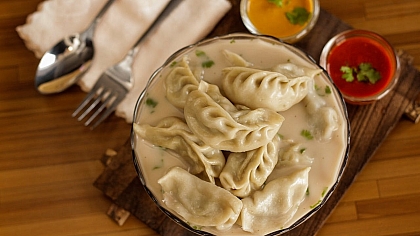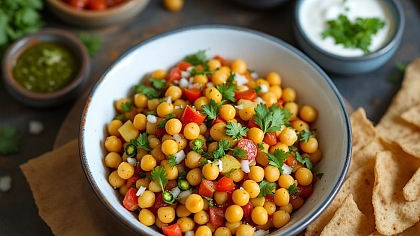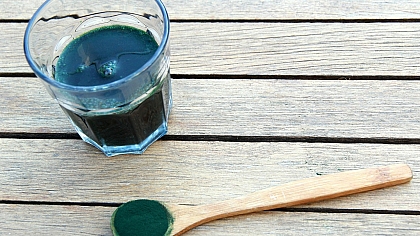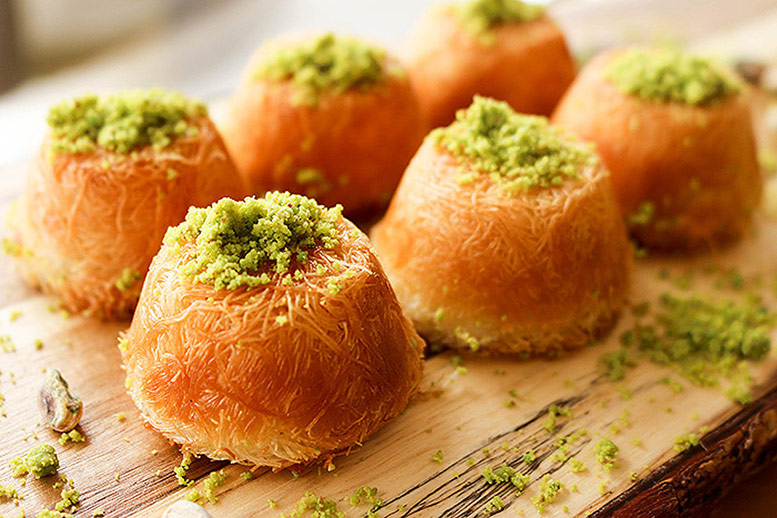
What is Baklava? A Sweet Treat From the East
There is nothing quite like relaxing after a long day with a cup of delicious Turkish tea and a piece of wonderful baklava, which is a delectable dessert made up of several layers of crunchy filo pastry, filled with nuts and soaked in syrup.
Baklava is a traditional treat that is popular in many countries from Bulgaria and Greece to the Middle East, but it is originally a Turkish desert. Here is everything you need to know about baklava.
The History of Baklava
There is much mystery surrounding the origin of the word ‘’baklava’’; although the word is present in many languages, there is evidence suggesting that the roots of the word are from Mongolian and Turkic. Some people claim that the word has a Persian origin, but the word used by the Persians came from a different unknown source which might have been Turkic, but there is no evidence to support this.
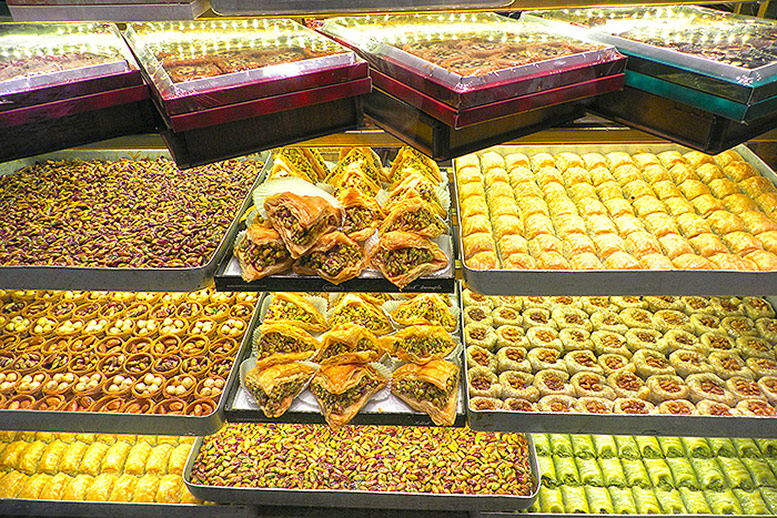
There isn’t a lot of recorded information regarding baklava in pre-Ottoman Turkey and the modern form of baklava was developed in the Ottoman palace kitchen, particularly Topkapi palace. A festival known as the Baklava Alayi (Baklava Parade) took place on the 15th day of every Ramadan (the month in which Muslims fast from morning till dusk; the month ends in the Eid-al-Fitr celebration) where the Sultan would present the Janissaries with trays of baklava (the Janissaries were the elite troops of the Ottoman army).
Although there isn’t much-recorded data regarding baklava before the Ottoman empire, there are three dishes which are either very similar to baklava or directly inspired by the dessert which is loved today all over the world. Here are the three deserts:
Placenta - Putting the modern meaning of the word aside, placenta was a type of dessert eaten by the Romans and was first recorded in the 2nd Century BC. Placenta was a type of layered dessert cooked with dough, cheese and honey. A recipe for it was written by Cato the Elder in De Agri Cultura in 160 BC. The dessert gradually evolved during the Byzantine Empire and was perfected by the Ottomans. The Roman name ‘’placenta’’ is still used today on a Greek island for a dessert similar to baklava.
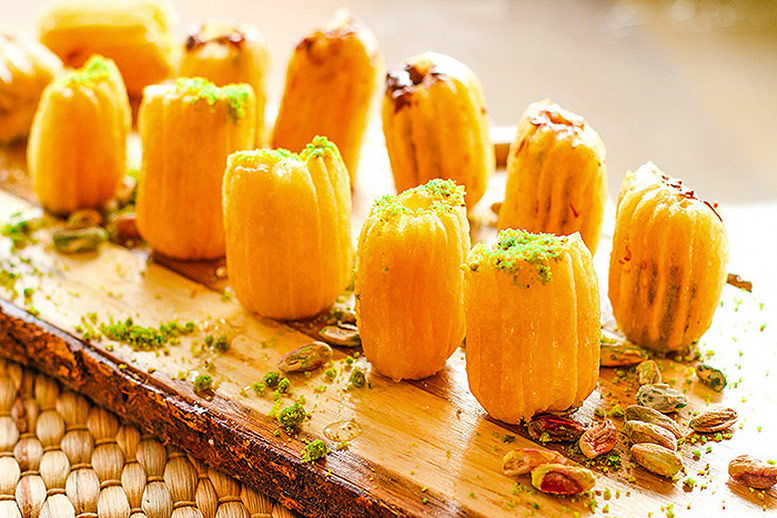
Lauzinaq - Described in a cookbook called the Kitab al-Tabikh dating from the Abbasid period, Lauzinaq is a dish composed of almond paste wrapped in pastry soaked in syrup; the pastry is described as being ‘’as thin as grasshoppers wings’’.
The book was written in 1226 by Muhammad bin Hassan Al – Baghdadi and was based on Persian recipes from the 9th century; the art of layering dough, however, it is believed to have been of Turkish or Mongol origin. The book was renamed to Kitâb Wasf al-Atima al-Mutada and more recipes were added, two of the three known copies of the book can be found in the Topkapi Palace Library in Istanbul. An interesting point to note is that Lauzinaq is actually the Arabic word for almond.
Güllaç - A Turkish dessert that is considered by some to be the producer of baklava, güllaç is made from layers of filo dough soaked in milk and sugar. It is generally eaten in the month of Ramadan and it is served with walnuts or fresh pomegranate. The oldest record of güllaç dates back to 1330 in a manuscript containing various Mongol foods called the Yinshan Zhengyao written by Hu Sihui, a Mongol court dietitian of the Yuan dynasty.
Is There a Difference Between Turkish and Greek Baklava?
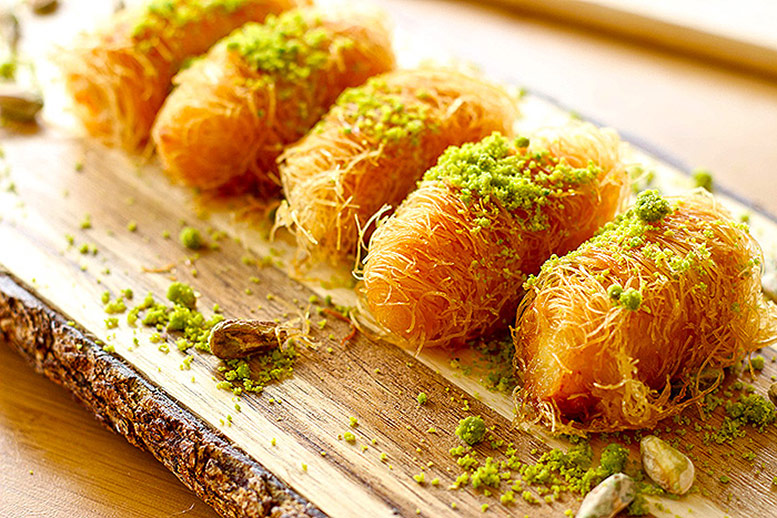
Due to social and political differences between Turkey and Greece, both countries claim to be the inventors of baklava. Both country's cuisine however is based on Byzantine cooking, which was taken from the Romans so the origins of the cooking of both nations remain the same. It is only due to the spread of Islamic culture by the Ottomans that Turkish cuisine has some middle-eastern influences.
The reason why Greek and Turkish cooking is so similar is due to the fact that Greece was part of the Ottoman Empire for many years and although Greece managed to gain independence from the empire, many of the traditions remain the same even though Greece is a majority Christian country.
Preparation
In summary, baklava is prepared in large pans where layers of filo dough are laid in the pan and separated with butter and oil. More layers are added with crushed or chopped nuts and the whole thing is cut into pieces, it is then placed in the oven and baked. Then sugar syrup is then poured over the hot baklava and left to soak in.
It sounds simple enough however traditional baklava makers have had years of experience and recipes passed down through generations, which results in the most delicious baklava which in itself is a work of culinary art.
Variations
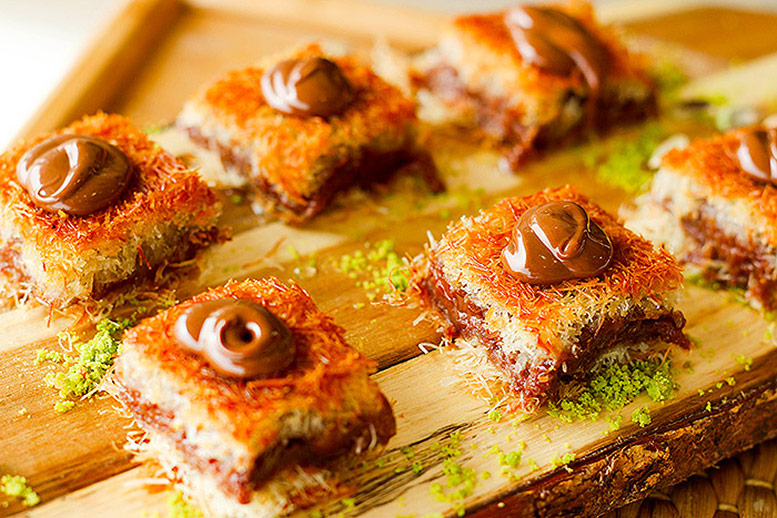
There are so many different variations of baklava in Turkey itself and other parts of the world. Some variations are drier, cut into different shapes, or topped with different ingredients or different flavoured syrups. In middle-eastern countries, it is known as baklava.
The city of Gaziantep in Turkey is famous for its pistachio baklava, which is delicious served with ice cream or kaymak (Turkish clotted cream). Here are two desserts that are eaten in Turkey that are similar to baklava:
Sütlü Nuriye is a type of baklava that uses milk instead of syrup making it lighter than common baklava. The other version, known as Şöbiyet uses fresh cream as a filling as well as nuts, the cream compliments the sweetness of the dish perfectly.
Different countries have their own version of baklava as well, in Armenia, the dessert is known as paklava and it is flavoured with cinnamon and cloves.
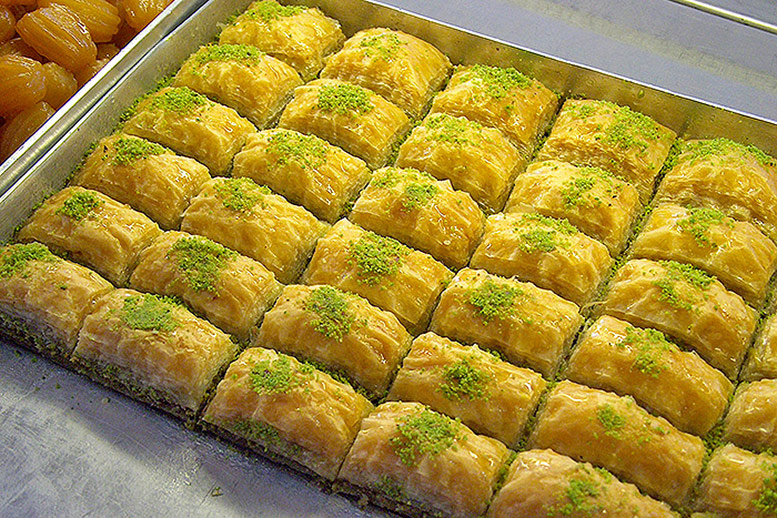
Baklava in Greece is traditionally made with thirty-three layers of dough to represent the years of the life of Jesus.
In Azerbaijan the dessert is known as Azərbaycan Paxlavası, and is cut into a rhombus shape, it is traditionally eaten during the Spring holidays known as nowruz. The shape of pakhlava is supposed to symbolise a star and is normally flavoured with walnuts, almonds and saffron.
Iranian baklava is a lighter version as the syrup is flavoured with rose water; it is commonly cut into small diamond shapes.
How to Enjoy Your Baklava
Baklava is a delicious treat in its own right but there are various other ways to enhance the experience. A cup of Turkish tea or a small cup of Turkish coffee is commonly served with baklava and it is a wonderful combination. Turkish stretchy ice cream known as dondurma has a unique flavour that isn’t found in any other ice cream and goes very well with baklava.
Nuts in Baklava
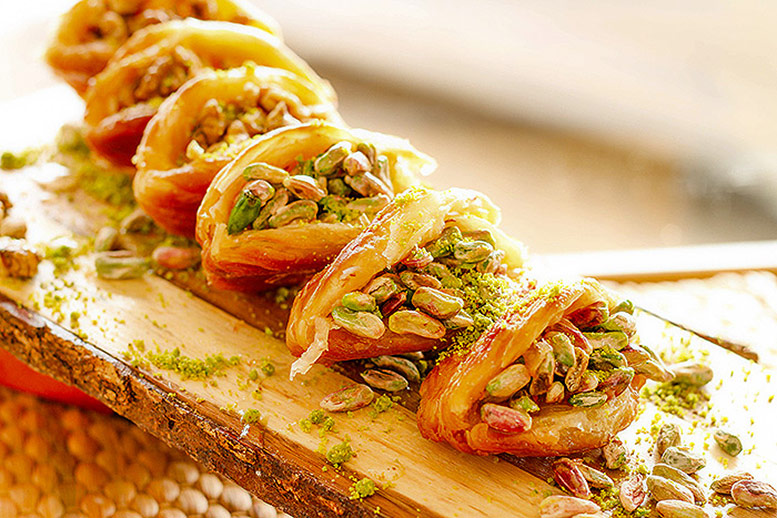
Turkey is a well-known producer of nuts and the type of nuts used in Turkish baklava depends on what region it is from. In the black sea region, hazelnuts are commonly used but in the Asian region, pistachios, walnuts and almonds are used.

